
- Inspiring People -
- 11mins -
- 148 views
10 underreported but encouraging wildlife wins
These ten examples of wildlife wins prove protection and conservation do work, and the loss of entire species can be halted when there is sufficient will to do so.
The loss of entire species can be stopped if there is sufficient will to do so
The urgent call for action to protect endangered species and their habitats is regularly covered by most media worldwide, but sometimes the results of that ongoing action doesn’t get the same coverage. However, it’s important for people to know that we can make a difference, that we are making a difference.
A study published in September 2020 found up to 48 bird and mammal extinctions have been prevented by conservation efforts, and extinction rates since 1993 would have been ‘three to four times higher’ without action. Here are ten examples of success stories concerning protection and conservation efforts that you may have missed in the mainstream media.
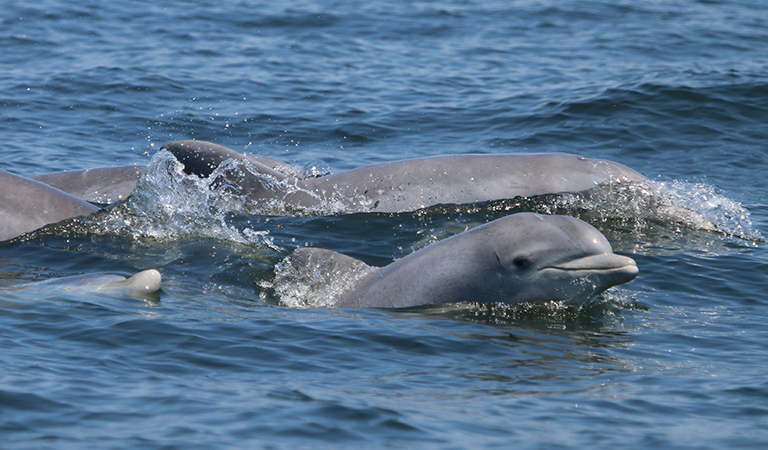
1. DOLPHINS RETURN TO LIVE AND BREED IN THE RECOVERING POTOMAC RIVER AGAIN
In the 1960s, President Lyndon B. Johnson declared the polluted Potomac River a “national disgrace.” Now, the first evidence that the Potomac River is once again a breeding area for wild bottlenose dolphins has been recorded by graduate students working with Georgetown biologist and dolphin expert Professor Janet Mann.
The evidence was gathered on 17 August as part of the Potomac-Chesapeake Dolphin Project (PCDP), initiated by the biology and psychology professor nearly five years ago to make the first-ever study of dolphins in the Potomac.
Prof. Mann said “We have been trying to understand why dolphins come into the Potomac River and the Chesapeake Bay. We see some very young calves and we see lots of mating behaviour, but this is the most definitive evidence we have that they have their calves here.”— Read more.
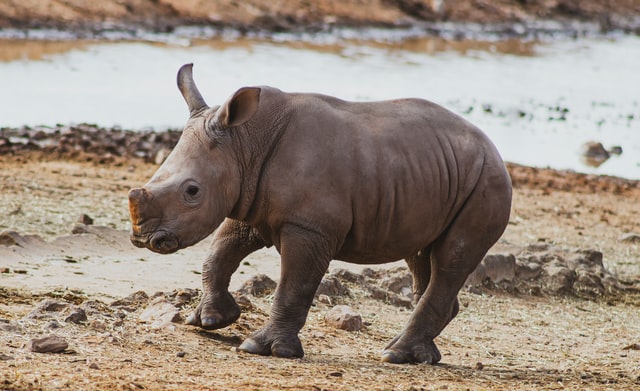
2. RHINO POACHING IN SOUTH AFRICA DOWN BY 33% LAST YEAR
After ten years of implementing various strategies to combat rhino poaching by poachers who are recruited and managed by crime syndicates, South Africa has managed to arrest the escalation of rhino losses and has now seen a year on year reduction in the number of poached rhinos.
During 2020, 394 rhino were poached for their horn in South Africa. This is 33% less than the 594 killed in 2019, and marks the sixth year that rhino poaching has continued to decrease in South Africa.
South Africa’s Department of Environment, Forestry and Fisheries report that during the various Lockdown Alert Levels in 2020, the movement of alleged poachers and rhino horn smugglers had been curtailed. Alongside this, the steps to address rhino poaching and wildlife crime across the country had been aligned to both the Integrated Strategic Management of Rhinoceros and the principles set out in the draft National Integrated Strategy to Combat Wildlife Trafficking (NISCWT). — Read more.
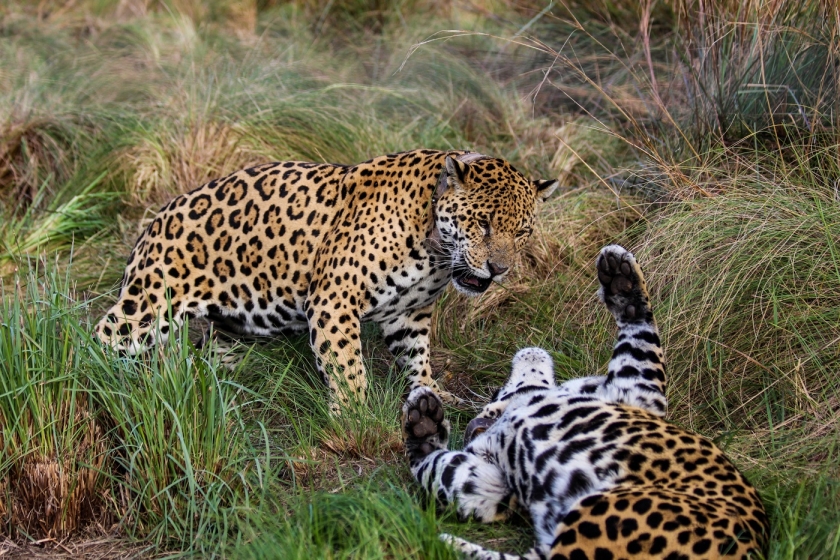
3. JAGUARS RETURN TO ARGENTINA’S WETLANDS AFTER 70 YEARS THANKS TO REWILDING EFFORTS
A recent press release from the United Nations Environment Program announced that the largest predator in South America, the jaguar, has returned to the Iberá wetlands in Argentina 70 years after the species was driven to local extinction through hunting and habitat loss.
Mariua, an adult jaguar who was rescued as an orphan cub in Brazil, and her two captive-born cubs were released into Gran Iberá Park in January 2021. They are the first of nine jaguars slated to repopulate the species in the, a 687,966 hectare protected area, which offers an abundance of wild prey for the big cats. Currently, only about 200 jaguars remain in Argentina
The release of Mariua and her two cubs marks the first reintroduction of jaguars in a place where they have gone extinct. It is part of an effort known as “rewilding” – restoring the missing species, biodiversity, and natural processes to areas affected by human activity. — Read more.
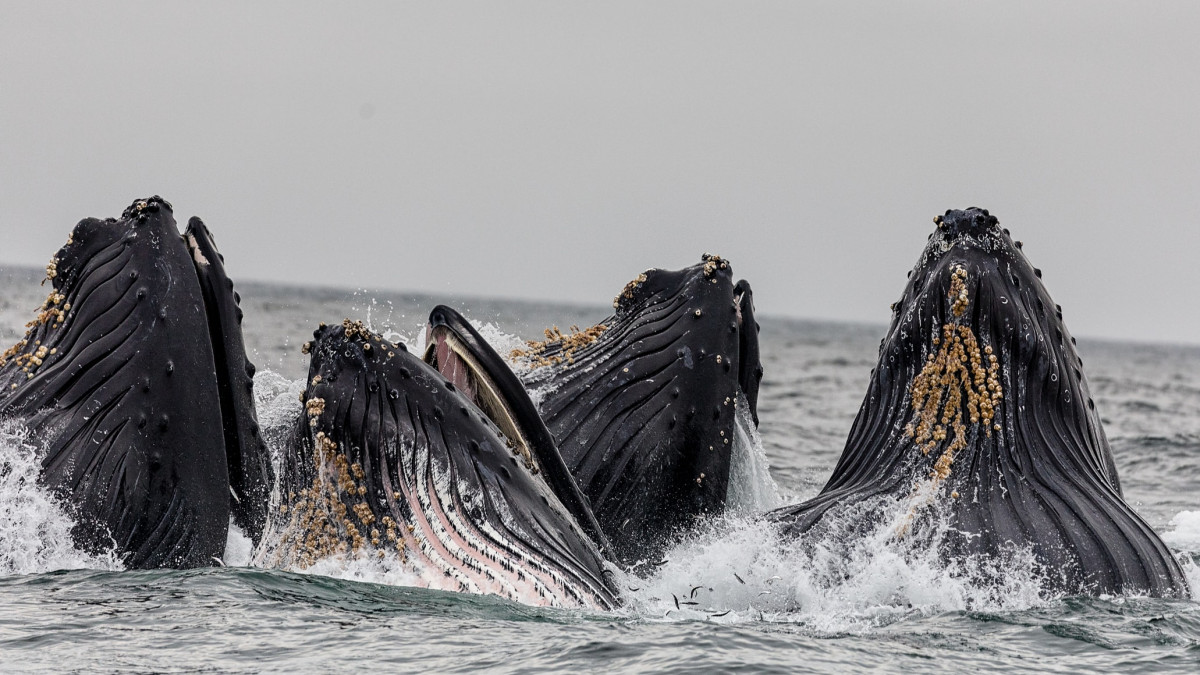
4. WESTERN SOUTHWEST ATLANTIC HUMPBACK WHALE POPULATION “ FLOURISHING”
A species of Humpback whales that frequent the southwest Atlantic have recovered from the very brink of extinction and are now reaching numbers not seen since industrial-scale whaling began in the early 20th century.
Before commercial hunting, the global population of Western Southwest Atlantic Humpback whales was around 27,000 animals, and now there are an estimated 25,000. This means they have recovered 90% of their numbers, a study published by the Royal Society has found.
At one point in the mid-1950s there were as few as 450 individuals left, but now scientists say they should reach pre-whaling levels within the next 10 years.
Humpbacks were protected from the 1960s, and even though there was some illegal Soviet whaling at that time, the whales’ recovery would likely have been well under way by the beginning of the 1970s. Documenting the return to healthy numbers is, broadly speaking, a mix of observation – surveys from ships and planes off Brazil – and modelling. — Read more.
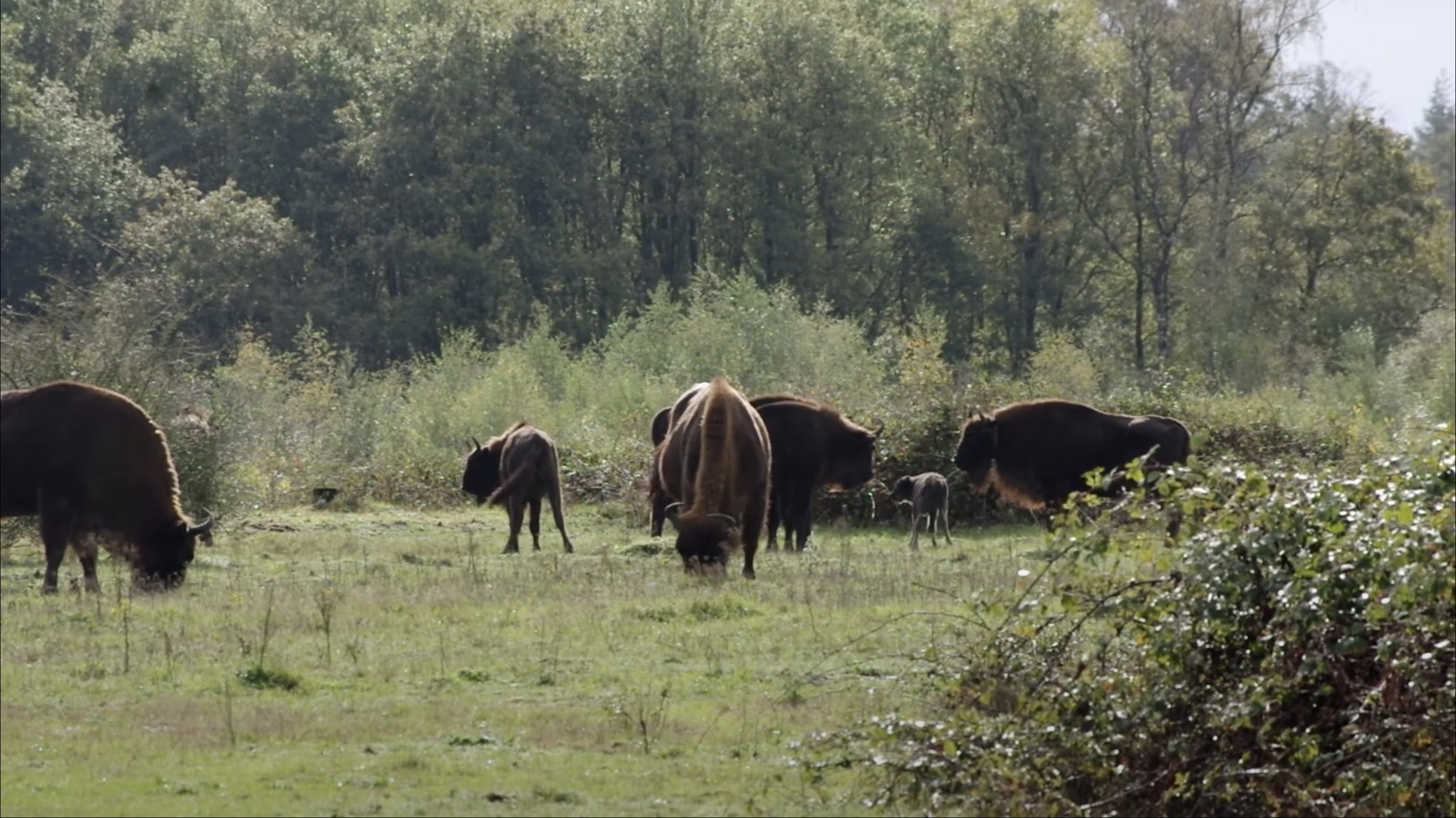
5. WILD BISON SET TO RETURN TO ENGLAND’S FORESTS AFTER 6,000 YEARS
In the spring of 2022, four European bison are to be released in a 2,500-acre area called Blean woods near Canterbury, Kent. It will be the first time in 6,000 years that the ancient species has roamed in Britain. Led by Kent Wildlife Trust and the Wildwood Trust, the reintroduction forms part of a broader wilding project, made possible by a £1m award from the People’s Postcode Lottery Dream Fund. The aim is to restore the natural ecosystem in the area’s renowned ancient woodlands and help reintroduce some of the ecosystem’s lost diversity and store carbon.
European bison are being used in this project because they are ecosystem engineers, meaning that they are able to change their environment through their natural behaviours. Bison can change woodlands in a way that no other animal can, they eat bark and create dust baths which each have benefits for many plants and animals, these are functions that have been missing from UK woodlands for thousands of years and bringing them back can help restore an abundance of wildlife. — Read more.
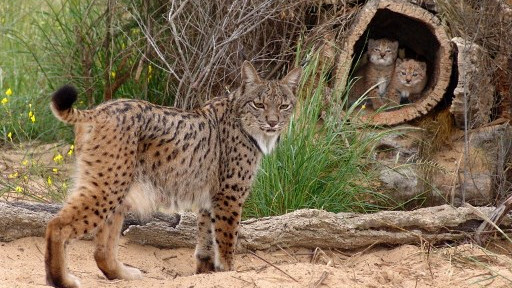
6. Iberian lynx numbers reach almost 700
In 2002, the Iberian lynx was identified as the world’s most endangered cat, with just 94 left in the wild and looked all set to become the first species of cat to die out since the sabre-toothed tiger 10,000 years ago. Now, eighteen years later, the latest census shows that there at a healthy population of 686 individual Iberian lynx roaming the wilds of the southern Iberian Peninsula. – Read more.
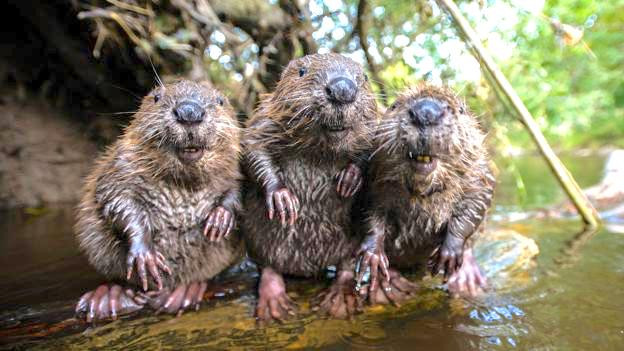
7. England’s beavers are back, and they mean business!
Beavers are native to the UK and we’re once widespread in England, Wales and Scotland. They became extinct in the 16th century, mainly due to hunting for their fur, meat and ‘castoreum’, a secretion used in perfumes, food and medicine.
However, the beaver is known as a ‘keystone species’ because of its significant positive influence on its environment, and their reappearance in the Devonshire countryside is having an amazing impact on the entire local ecosystem. — Read more.

8. California condors now fly free than in captivity
In 1982 there were only 22 California Condors left in the world. In 1992, when the U.S. Fish and Wildlife Service (USFWS), with its public and private partners, began reintroducing captive-bred condors to the wild. In 2001 the first wild nesting occurred in Grand Canyon National Park since re-introduction. In 2002 there were only 8 pairs of wild nesting birds population-wide. In 2008, for the first time since the program began, more California condors were flying free in the wild than in captivity. Today there are nearly 500 – more than half of them flying free in Arizona, Utah, California, and Baja Mexico. — Read more.
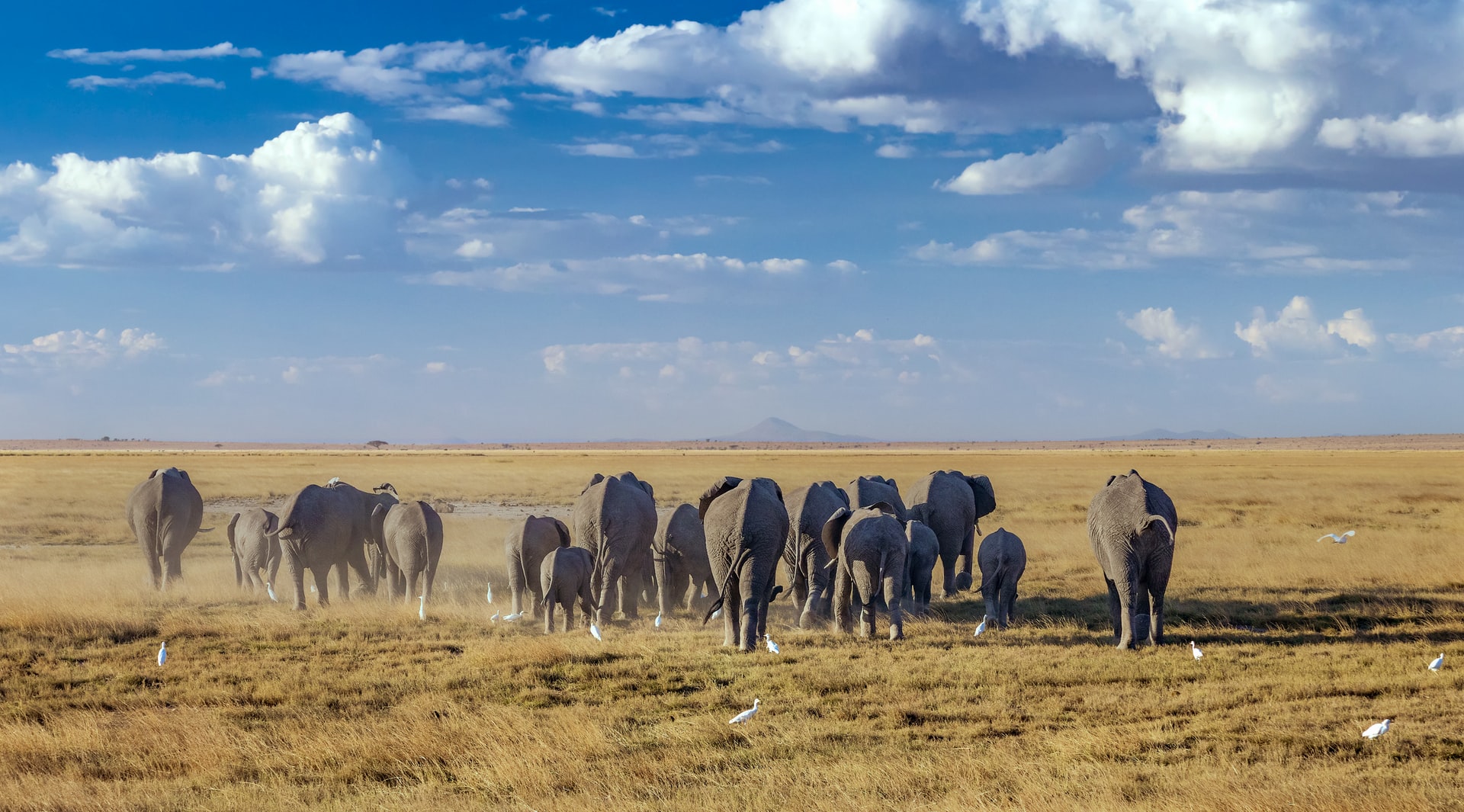
9. ELEPHANT BABY BOOM IN KENYA’S AMBOSELI NATIONAL PARK — 140 BORN (INCLUDING RARE TWINS)
Kenya’s elephant population has more than doubled since 1989. Cynthia Moss, of the Amboseli Trust for Elephants, told local news “It seems baby elephants are falling out of the sky,” and claimed “Every time our team goes out they find new calves.”
Kenya’s Cabinet Secretary for Tourism and Wildlife, Najib Balala, says that growth in elephant population is in part due to the country’s efforts to stop poachers.
"In the last couple of years we have managed to tame poaching in this country," Balala told reporters at Amboseli National Park during an event that coincided with World Elephant Day last month.
In 2019, the Kenyan government instituted stiffer consequences for anyone convicted of poaching, including large fines and prison time. — Read more.
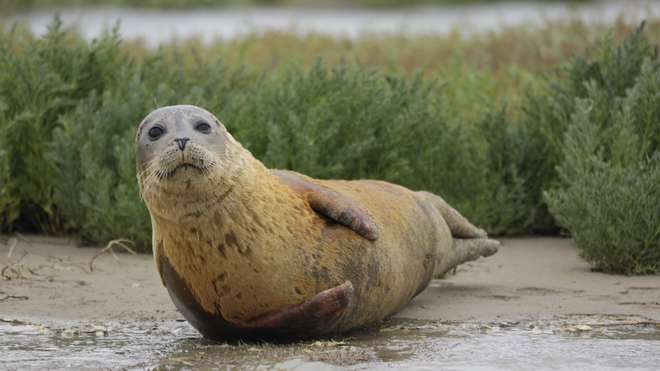
10. 138 harbour seal pups born in London’s river Thames in a single year
A survey carried out by the Zoological Society of London (ZSL), which runs London Zoo, has found there are more than 3,500 seals now living in the Thames estuary — 1,104 harbour seals and 2,406 grey seals — and conditions in the revitalised waterway are so good the seals are breeding too. ZSL counted an amazing 138 seal pups in the river in 2018.
Scientists from the Zoological Society of London (ZSL) tallied up the total of 138 harbour seal pups after analysing hundreds of photos taken during the summer pupping season. The results of this analysis form part of UK-wide seal monitoring initiatives.
The team took photos from a light aircraft as the seals rested, undisturbed on the sandbanks and creeks below. It is much easier, and so more accurate, to count the seals in photos instead of the constantly moving, playful creatures. The Thames is home to both harbour seals and grey seals, though it is only the harbour seals that breed there. — Read more.

Researches say without conservation action extinction rates would be 3 to 4 times higher
At least 28 extinctions prevented by conservation action Conservation action has prevented the global extinction of at least 28 bird and mammal species since 1993, a study led by Newcastle University and BirdLife International has shown.
Publishing their findings in the journal Conservation Letters, an international team of scientists have estimated the number of bird and mammal species that would have disappeared forever without the efforts of conservationists in recent decades.
The species include Puerto Rican Amazon Amazona vittata, Przewalski’s Horse Equus ferus, Alagoas Antwren Myrmotherula snowi, Iberian Lynx Lynx pardinus, and Black Stilt Himantopus novaezelandiae, among others. The researchers found that 21-32 bird and 7-16 mammal species extinctions have been prevented since 1993, with the ranges reflecting the uncertainty inherent in estimating what might have happened under hypothetical circumstances.
The study has highlighted the most frequent actions to prevent extinctions in these bird and mammal species. Twenty-one bird species benefited from invasive species control, 20 from conservation in zoos and collections, and 19 from site protection. Fourteen mammal species benefited from legislation, and nine from species re-introductions and conservation in zoos and collections.
The research team, involving experts from Sapienza University of Rome, Italy and the Zoological Society of London, among others, identified bird and mammal species that were listed as threatened on the International Union for the Conservation of Nature’s Red List.
Source: NCL.ac.uk

